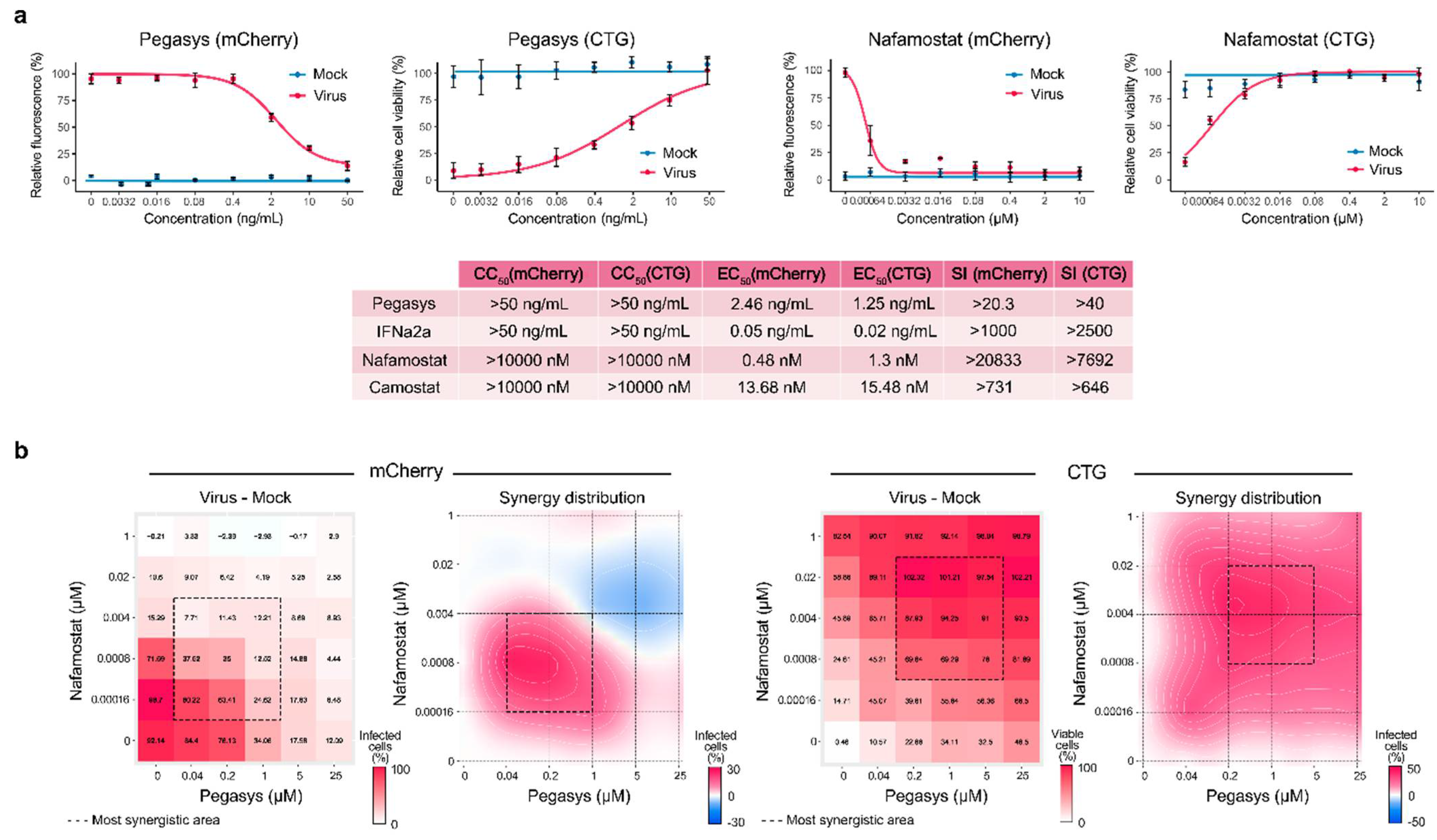

More countries with greater resources are opening up for a more normal life. But COVID-19 and the SARS-CoV-2 virus are still a significant threat in large parts of the world.
The lack of medicines that are effective, easy to distribute and easy to obtain are a significant part of the problem.
However, recent research on a new drug combination is showing promising results. The combined use of nafamostat and Pegasys (IFNα) meets all availability and efficacy requirements.
Effective in the laboratory
“This combination effectively suppresses the infection,” says Professor Denis Kainov at the Norwegian University of Science and Technology’s (NTNU) Department of Clinical and Molecular Medicine (IKOM).
The experiments were performed in cell cultures and hamsters. This does not necessarily mean that the combination works in humans, but it is a good sign.
Nafamostat is already in use as a monotherapy against COVID-19 and is undergoing extensive testing in Japan, among other places. Pegasys (IFNα) is currently used mainly to treat hepatitis C. Combining the two appears to have a positive effect.
“Both drugs attack a factor in our cells called TMPRSS2, which plays a critical role in viral replication,” says Magnar Bjørås, a professor in the Department of Clinical and Molecular Medicine.
This could be a hot tip for researchers who are already testing nafamostat in the fight against COVID-19.
Low dosage needed
Only low doses of the combination medicine are needed, as well.
“The low doses of the drugs in combination may have several clinical advantages. including fewer adverse events and improved outcomes for patients,” says Aleksandr Ianevski, a doctoral research fellow affiliated with the Department of Clinical and Molecular Medicine.
In other words, the combination medicine can both save lives and make life easier for patients. Nafamostat is relatively inexpensive. The downside of Pegasys (IFNα) is its higher cost.
Officially, 4.55 million people have died from COVID-19 worldwide. But unreported numbers are most likely very large in parts of the world where the cause of death is not always accurately recorded.

